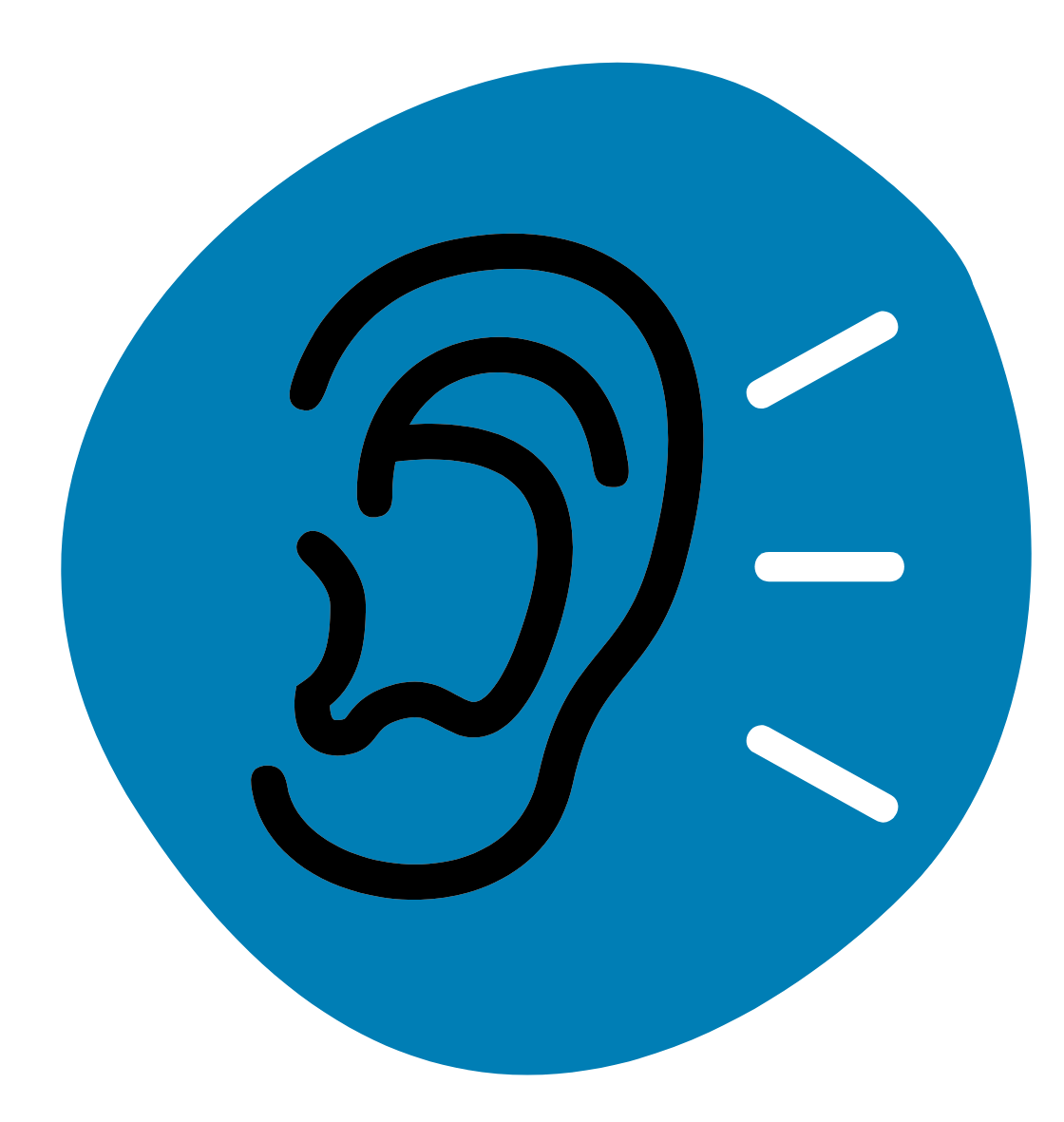Captioning Accuracy: How to Measure Error Rates
Updated: April 22, 2021
We use automated speech recognition (ASR) software to make many of our daily tasks easier. Maybe your morning routine starts with asking Alexa the weather forecast for the day, having Siri transcribe an email or text for you as you dictate on your way into work, or turning on your favorite Netflix show at the end of the day by speaking into the TV remote. In cases like these, ASR will suffice – but when it comes to closed captioning, we’ve seen how ASR (when used alone) can decrease overall captioning accuracy and create some serious fails.
Caption quality is incredibly important for accessibility purposes, but for many additional reasons as well, including search functionality. When we talk about captioning quality, we often refer to the accuracy rate. This post will discuss what captioning accuracy rate really is–including how it’s measured and what might be missing from the equation.

What IS Captioning Accuracy?
Captioning accuracy is made up of two different pieces: Formatted Error Rate (FER) and Word Error Rate (WER). FER is the percentage of word errors when formatting elements such as punctuation, grammar, speaker identification, non-speech elements, capitalization, and other notations are taken into account. For closed captioning, all of these formatting requirements are required to achieve at least a 99% accuracy.
Common Causes of Captioning Accuracy Errors:
Formatting Errors
- Speaker labels
- Punctuation
- Grammar
- Numbers
- Relevant non-speech elements
- No [INAUDIBLE] tags
Word Errors
- Multiple speakers
- Overlapping speech
- Background noise
- Poor audio quality
- False starts
- Acoustic errors
- “Function” words
Take A Listen Yourself
When relying solely on ASR technology, the accuracy rates are pretty abysmal. Below is an example of a transcript captured by ASR. Listen closely to the audio and compare what you hear with the words shown on the screen. See if you catch any errors. (Hint: There are several!)
Notice any captioning accuracy errors?

There are certainly a number of incorrect words in this clip. Here are a few we found:
- New England Aquarium shows up as “new wing of the Koran.”
- Forester shows up as “four-story.”
- Because hesitation words are not removed from the transcript, they then spill over into other words, causing many additional inaccuracies.
These errors are acoustic errors, meaning that they may sound ok to the ear, but linguistically don’t make any sense. A human transcriptionist would not make these types of errors.
Another immediately noticeable issue is a lack of punctuation. In this transcript, there are some glaring punctuation and grammar errors including:
- Very few periods
- Incorrect capitalizations
- A lack of notation for speaker changes and speaker ID’s
These formatting errors greatly contribute to the inaccuracy of the file and make it not only difficult to understand but simply incorrect. Calculating captioning accuracy rates solely based on the word error rate would be an inaccurate portrayal of the number of issues in the transcript.
Punctuation Matters!

We bet this grandma agrees! ➡️
Incorrect punctuation can also make it difficult to comprehend a file. In the example clip above, it’s hard to follow along, know who is speaking, and what they are even referring to because there are so many formatting errors.
Add accurate captions to your videos today!






